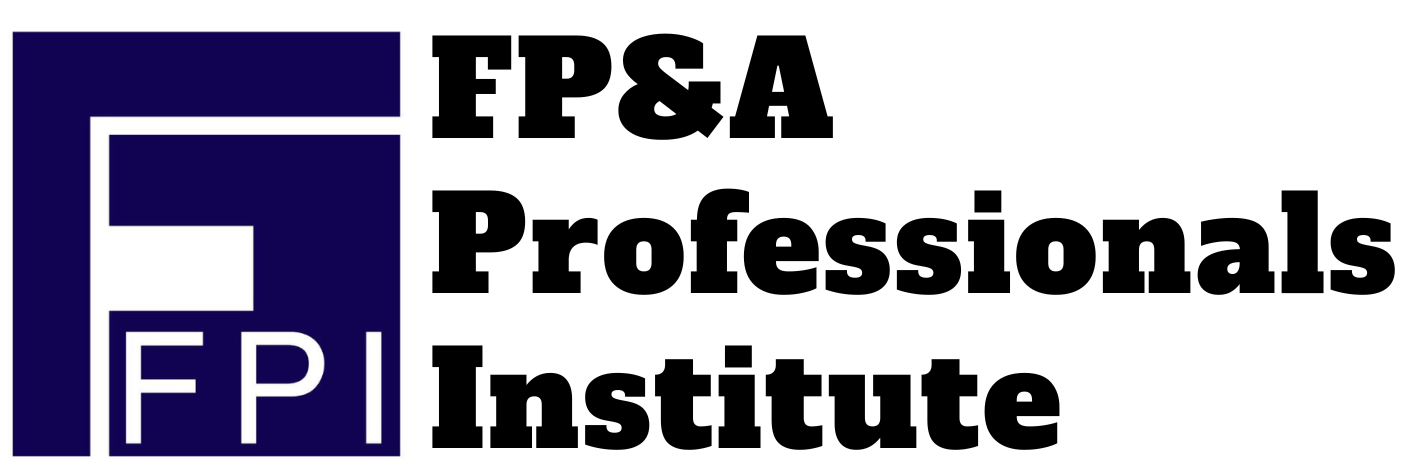If you’re preparing for an FP&A interview, there’s one question you absolutely need to be ready for:
“Walk me through how you would update a forecast for your company.”
And yet, many candidates fumble this one.
Some give overly generic responses. Others jump straight into Excel formulas and technical steps, missing the bigger picture entirely. But if you really want to stand out as someone who gets the why behind the numbers, you need a structured approach.
In this article, I’ll walk you through a clear 3-step framework that will help you confidently answer this question like a pro—and show interviewers that you’re ready to be a true finance business partner.
If you enjoy articles like this, make sure you subscribe to our YouTube channel .
🎯 Different Ways Interviewers Might Ask This
Before we get into the framework, know that this question might come in many forms. You could be asked:
- “How do you approach updating a financial forecast?”
- “What’s your process when revising revenue and expense estimates?”
- “How do you reflect new actuals into your forecast?”
- “If revenue trends shift mid-year, how do you adjust?”
- “What inputs and stakeholders do you involve in forecast updates?”
No matter how it’s phrased, your job is to demonstrate not just technical know-how, but also business judgment, collaboration, and communication.
Let’s get into the 3-step process.
✅ Step 1: Preliminary Forecast Updates
We start with the data.
First, we collect the latest actuals. Suppose Q1 just closed and our previous forecast was a 2+10 version (2 months of actuals, 10 months of forecast). With March actuals now available, we roll that into a 3+9 version—three months of actuals, nine months of updated projections.
From there, we compare these actuals against both the prior forecast and the original budget. Let’s say revenue is already 5% below plan because of delayed client onboarding—that’s a red flag, and I need to factor it into the rest of the year.
Next, I connect with business partners across departments:
- Sales: Are any major deals delayed or newly signed?
- HR: Are hiring plans on track? Maybe we forecasted 50 hires, but now only 30 are planned.
- Marketing: Are big campaigns on schedule, delayed, or scrapped?
This is where I start updating assumptions—volumes, pricing, headcount, costs—and get a first draft forecast that reflects today’s reality.
🔁 Step 2: Forecast Reviews and Business Alignment
Now comes the collaboration piece.
With the first draft ready, I hold forecast review sessions with stakeholders from Sales, Marketing, HR, and Ops. We go line-by-line through the forecast, asking questions like:
- “What’s driving this jump in revenue?”
- “Is this spend confirmed or just planned?”
- “What’s the expected return from this campaign?”
The aim is not just to collect numbers but to challenge assumptions. Business teams may be too optimistic or too conservative, and as FP&A, our role is to strike a realistic balance.
This stage also includes a Risk and Opportunity (R&O) discussion:
- What could go wrong?
- What upside might we unlock?
At the end of this phase, I review the forecast with the CFO, highlighting key changes, critical drivers, and strategic implications. We might iterate a bit here based on leadership feedback, but by the end, we have a well-vetted, business-backed forecast that’s ready to consolidate.
🧩 Step 3: Consolidation and System Upload
Once we have got the final numbers from each function, ew consolidate them into a company-wide forecast.
This is where we make sure all the puzzle pieces fit together:
- If HR says 30 hires, does that match our salary expense line?
- If Marketing plans a campaign, is the cost and expected revenue impact reflected?
- Do all dependencies line up across departments?
We do a final validation pass, checking for broken links, inconsistent assumptions, and outliers. We ensure gross margin trends make sense and that the final output tells a coherent financial story.
Once confirmed, we upload the forecast into the system—whether that’s Excel, Anaplan, Oracle, or whatever tool the company uses.
Then, we create a management review pack that summarizes:
- Key forecast changes
- Variance from budget
- Risks and opportunities
- Strategic implications
This pack helps leadership quickly grasp what’s changed and what actions are needed.
🗣️ Quick question for you: How often does your company update its forecast: monthly, quarterly, or only a few times a year? Drop your answer in the comments—I’d love to hear.
🎓 Want to Master FP&A?
If you’re serious about levelling up in FP&A, check out CGFPA – The Certified Global FP&A Professional program. It’s a 6-month in-depth FP&A certification designed to help you go beyond Excel and become a true business partner.
👋 Final Thoughts
So, the next time someone asks you, “How would you update a forecast?”, don’t just talk about spreadsheets.
Talk about:
- Aligning with business partners
- Challenging assumptions
- Tracking actuals vs forecasts
- Telling the story behind the numbers
That’s what real FP&A is about.
If you want to go deeper, check out our YouTube playlist and Free Udemy course on FP&A Interview Questions and Answers
If this article helped, give it a share—or pass it along to someone else preparing for FP&A roles.
